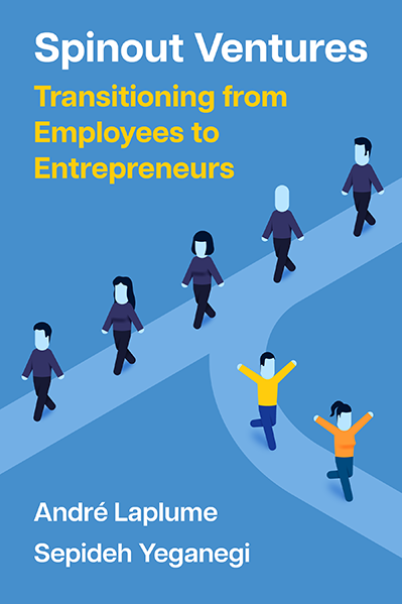Childhood Adversity Theory of Entrepreneurship

Another biological theory is the childhood adversity theory. While researchers have looked at resilience in adults, few have examined the how childhood adversity may affect entrepreneurial entry later in life. Using a variant of the underdog theory, which looks at how negative experience shape an individual's resilience. Recent research has looked at samples of entrepreneurs from a famine in China (1959–1961) and from war-torn Vietnam. Both studies find that individuals who endured childhood adversity are more likely to become entrepreneurs. Churchill et al. measure adversity as the bombing intensity experienced by the entrepreneurs in early childhood. They find that as the bombing intensity increased, so did the chance that the children grow up to become entrepreneurs. The effect size is about 5% increase in entrepreneurial entry for a 10% increase in bombing intensity. Cheng et al. measure adversity as the experience of starvation during the societal upheavals of C...



